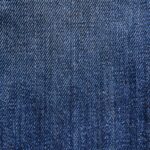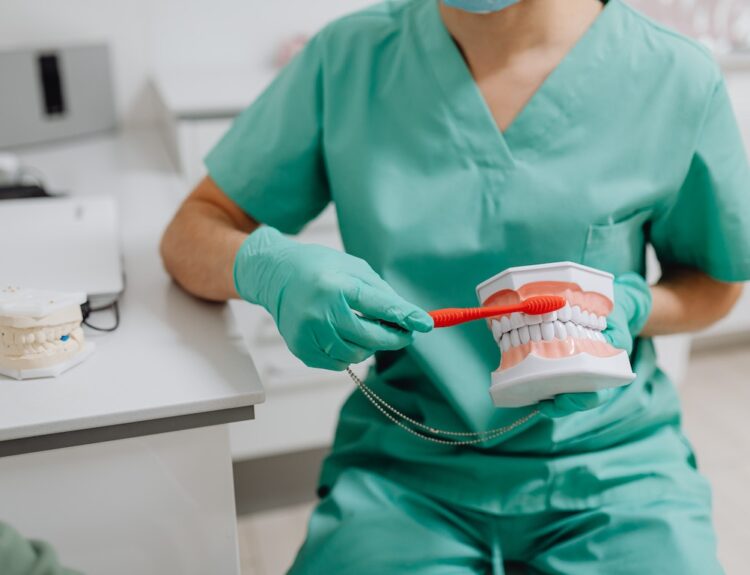As the sun graces the world with its warm embrace and illuminating rays, it also emits a less visible yet potentially harmful type of radiation: ultraviolet (UV) rays. These rays, while invisible to the naked eye, possess the power to impact our well-being in various ways.
Among their many effects, UV rays can significantly influence the health of our eyes, those remarkable organs that allow us to perceive the beauty and intricacies of the world around us. In this article, we explore the multifaceted relationship between UV rays and eye health, shedding light on the potential risks they pose and the proactive measures we can take to ensure the longevity and vitality of our precious vision.
UV Rays and Eye Health
Excessive exposure to UV rays can have adverse effects on the eyes. The eyes are delicate structures with tissues that are highly sensitive to radiation. Prolonged, unprotected exposure to UV rays can result in several eye-related issues.
Photokeratitis
Photokeratitis, commonly referred to as “sunburn of the eye,” is a painful condition caused by overexposure to UVB rays. It leads to redness, tearing, and a gritty sensation in the eyes. While the symptoms are usually temporary, they can be highly uncomfortable.
Cataracts
Cataracts involve the clouding of the eye’s natural lens, leading to blurry vision. UV radiation, primarily UVA and UVB rays, is one of the contributing factors to the development of cataracts. Long-term and unprotected exposure to UV rays increases the risk of cataracts forming at an earlier age.
Macular Degeneration
Age-related macular degeneration (AMD) causes the deterioration of the central part of the retina, called the macula. UV rays, particularly blue light within the UV spectrum, are associated with an increased risk of AMD.
Prevention and Protection
While the potential risks of UV rays on eye health are concerning, there are practical measures one can take to protect their eyes from harm.
Wear Sunglasses
Select sunglasses that provide 100% UV protection and safeguard your eyes from both UVA and UVB rays.
Choose a Wide-Brimmed Hat
Complementing sunglasses with a wide-brimmed hat provides an extra layer of defense against direct sun exposure to the eyes.
Use UV-Blocking Contact Lenses
For those who wear contact lenses, UV-blocking options are available. These lenses offer an additional shield against harmful rays.
Stay in The Shade
To minimize direct UV exposure, it is advisable to seek shaded areas especially during the sun’s peak hours, typically between 10 a.m. and 4 p.m.






